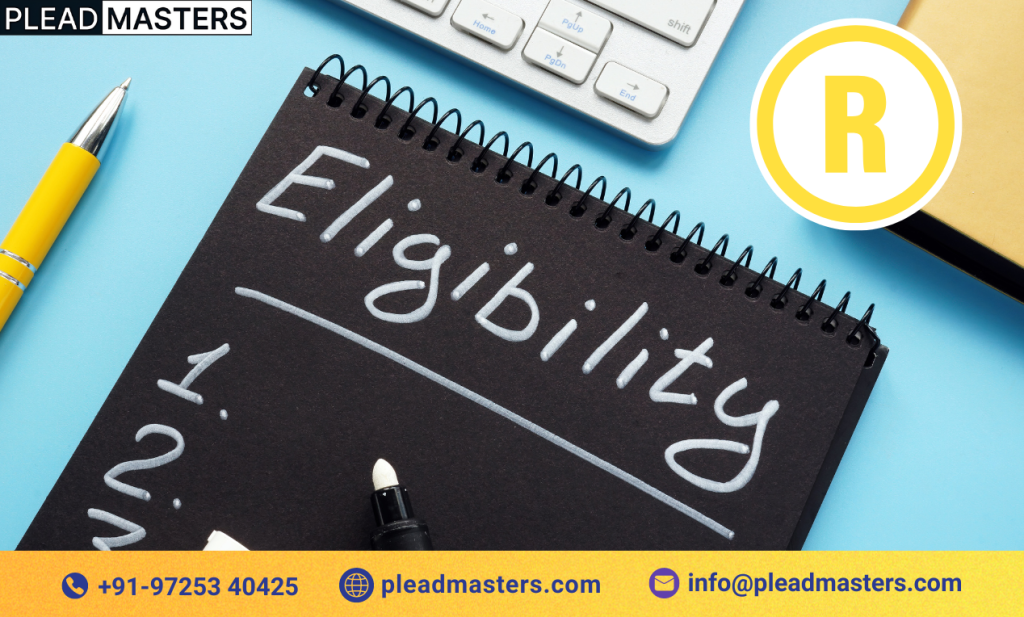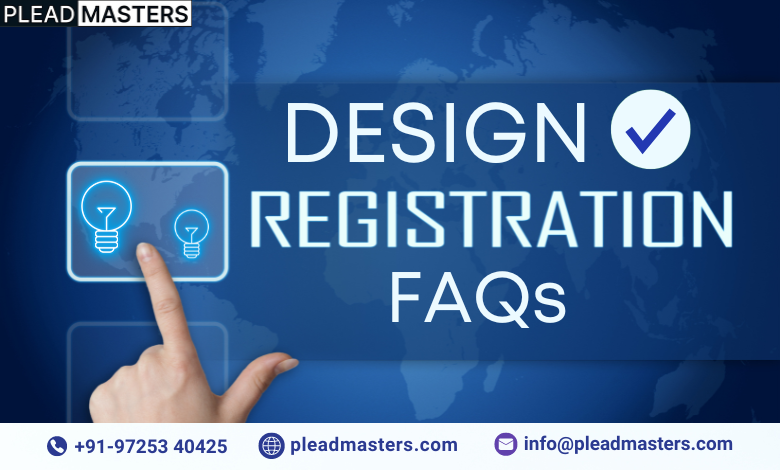Comprehensive Guide to Design Registration in India (2024)

Innovation and uniqueness are very important for the success of every business thus comes Design Registration. Companies invest significantly in developing new products that stand out not only for their functionality but also for their aesthetic appeal. However, the value of a distinctive design can be undermined if competitors are allowed to copy or imitate it without any repercussions. This is where design registration plays a critical role.
Design registration in India is a legal mechanism aimed at protecting the unique visual characteristics of a product. It encompasses various elements such as shape, configuration, pattern, ornamentation, and composition of lines or colors that give a product its distinctive appearance. By securing design registration, businesses can safeguard their creative efforts, ensuring that their designs remain exclusive and shielded from unauthorized replication.
The significance of design registration extends beyond mere protection; it serves as a strategic business tool. A registered design enhances the marketability of a product, offering a competitive edge and contributing to the overall brand image. Moreover, it provides the owner with the exclusive right to use the design, enabling them to take legal action against infringers and seek monetary compensation for any damages incurred.
But the thing is, design registration process can seem daunting due to its detailed requirements and procedural intricacies. However, understanding the eligibility criteria, the step-by-step application process, and the benefits associated with design registration can simplify the journey. This comprehensive guide aims to provide a thorough understanding of the entire process, from conducting a design search and preparing the application to addressing legal implications and ensuring long-term protection through renewal and restoration.
In the following sections, we will talk on the specifics of design registration, covering every aspect from eligibility criteria to the legal consequences of design infringement. We will also provide insights into the benefits of obtaining design registration and offer practical advice on how to maintain and restore your registration.
Understanding Design Registration
Design registration pertains to the protection of the unique visual appearance of a product, encompassing features such as shape, configuration, pattern, ornamentation, or composition of lines or colors. This protection ensures that the design is not copied or imitated, thereby preserving the originality and competitive edge of the product.
Eligibility Criteria for Design Registration

To be eligible for design registration in India, a design must meet the following criteria:
- Novelty and Originality: The design must be new and original, not previously published or used in any country before the date of application.
- Applicability to an Article: The design must be applied to an article by any industrial process.
- Visible to the Naked Eye: The design should be clearly visible in the finished article.
- Not Obscene or Offensive: The design must not include any content that is considered obscene or offensive.
- Not Contrary to Public Order or Morality: The design should not contradict public order or morality.
- Not a Mere Mechanical Device: The design should not consist solely of mechanical contrivance.
The Design Registration Process in India
Step 1: Conduct a Design Search
Before applying for design registration, it is advisable to conduct a thorough design search to ensure that the design is unique and has not been previously registered. This step involves searching the database of the Controller General of Patents, Designs, and Trademarks.
Step 2: Preparation and Filing of the Application
The application for design registration must be prepared meticulously, including the following key elements:
- Application Form (Form 1): This form requires details such as the applicant’s name, address, nationality, and a declaration of novelty.
- Representation Sheet: This includes detailed drawings or photographs of the design from different views.
- Statement of Novelty: A clear and precise statement outlining the novel aspects of the design.
- Classification of Goods: The classification under which the design falls, as per the Locarno Classification.
Step 3: Submission to the Design Office
The completed application, along with the necessary documents and prescribed fees, is submitted to the Design Office. The application can be filed online or physically at the Design Office.
Step 4: Examination by the Design Office
Upon submission, the Design Office examines the application for compliance with the statutory requirements. This examination includes checking the novelty, originality, and industrial applicability of the design.
Step 5: Publication in the Official Journal
If the design is found to be in order, it is accepted and published in the Official Journal of Designs. This publication serves as a public notice and allows for any opposition to be filed within a stipulated period.
Step 6: Certificate of Registration
If no opposition is filed or if the opposition is resolved in favor of the applicant, the Design Office issues a Certificate of Registration. The design is then registered for a period of ten years from the date of registration, which can be extended by an additional five years.
Benefits of Design Registration
- Legal Protection: Design registration grants exclusive rights to the owner, preventing others from copying or imitating the design.
- Monetary Compensation: In case of infringement, the registered owner can seek legal recourse and claim damages.
- Enhances Marketability: A registered design can enhance the marketability of a product, giving it a competitive edge.
- Builds Brand Image: Protecting unique designs helps in building and maintaining a strong brand image.
Renewal and Restoration of Design Registration
Renewal
Design registration is initially valid for ten years. To maintain protection, the registration must be renewed before the expiry of the ten-year period. The renewal can be done by paying the prescribed fee and submitting the required form.
Restoration
If the registration is not renewed within the stipulated time, it can be restored within one year from the date of expiry by filing an application for restoration along with the prescribed fee.
Legal Implications of Design Infringement
Design infringement occurs when a registered design is copied or imitated without the owner’s consent. The legal implications of design infringement include:
- Injunction Orders: Courts can issue injunction orders to prevent further infringement.
- Damages: The infringer may be liable to pay monetary compensation to the owner of the registered design.
- Seizure of Infringing Goods: The court may order the seizure and destruction of infringing goods.
Design registration is a vital tool for protecting the unique visual aspects of products, fostering innovation, and maintaining a competitive market presence. By understanding and following the proper procedures for design registration in India, businesses can safeguard their intellectual property and ensure long-term benefits.
Frequently Asked Questions (FAQs) on Design Registration in India

1. What is design registration?
Design registration is a legal process that protects the visual appearance of a product. It grants the owner exclusive rights to use the design and prevents others from copying or imitating it.
2. Why is design registration important?
Design registration is important because it provides legal protection, enhances marketability, builds brand image, and allows the owner to seek damages in case of infringement.
3. What types of designs can be registered?
Designs that are new, original, applicable to an article, visible in the finished article, not obscene or offensive, and not purely mechanical can be registered.
4. How do I check if my design is unique before applying for registration?
You can conduct a design search through the database of the Controller General of Patents, Designs, and Trademarks to ensure that your design is unique and has not been previously registered.
5. What documents are required for design registration?
Required documents include Application Form (Form 1), representation sheets (drawings or photographs), a statement of novelty, and the classification of goods as per the Locarno Classification.
6. How long does the design registration process take?
The time frame can vary, but typically it takes a few months for the Design Office to examine the application and publish it in the Official Journal if found in order.
7. How long is a registered design protected?
A registered design is protected for ten years from the date of registration. It can be renewed for an additional five years.
8. Can I renew my design registration after it expires?
Yes, you can renew your design registration by paying the prescribed fee before it expires. If the registration has expired, it can be restored within one year from the date of expiry by filing an application for restoration.
9. What happens if someone infringes my registered design?
If someone infringes your registered design, you can seek legal recourse, which may include injunction orders, monetary compensation, and seizure of the infringing goods.
10. Can I apply for design registration online?
Yes, the application for design registration can be filed online through the official website of the Controller General of Patents, Designs, and Trademarks.
11. Is design registration applicable only to physical products?
No, design registration can apply to both physical products and digital designs, provided they meet the eligibility criteria and are applicable to an article by any industrial process.
12. Can I transfer my registered design to someone else?
Yes, the ownership of a registered design can be transferred or assigned to another person through a legal agreement, which must be registered with the Design Office.